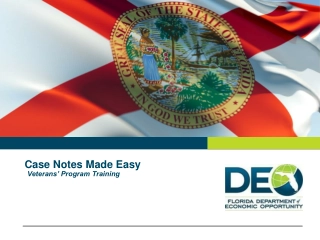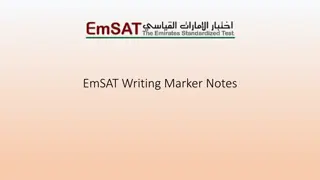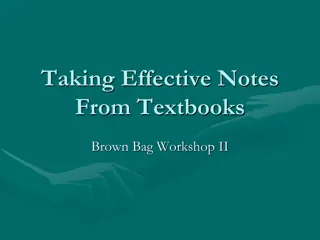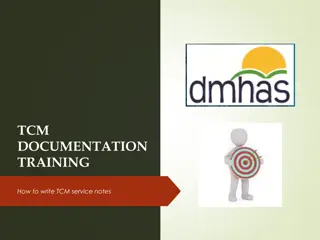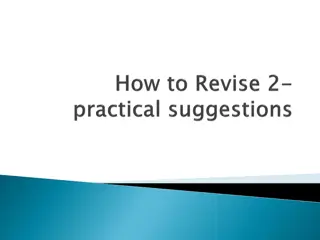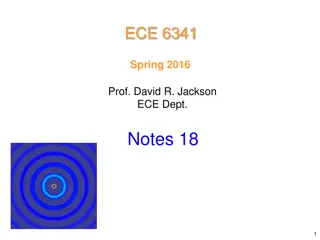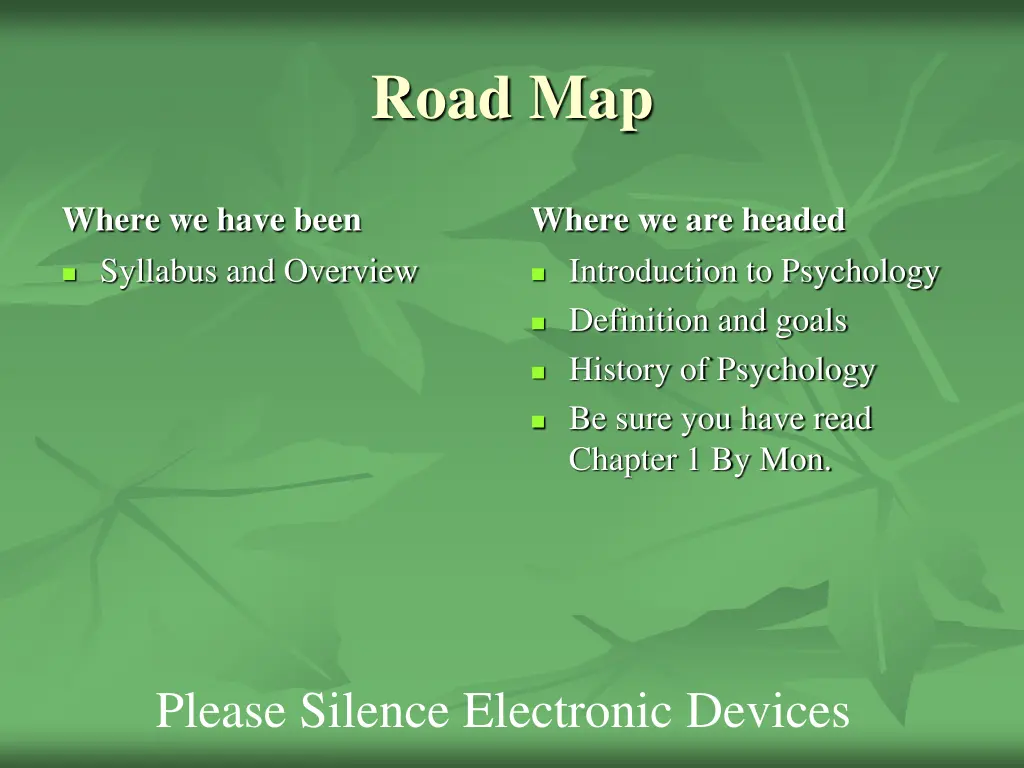
Exploring Psychology Through History and Theories
Discover the fascinating journey of psychology from its origins to modern theories like structuralism, functionalism, and Gestalt psychology. Dive into the definition, goals, and research methods of psychology as a science. Uncover key figures such as Wilhelm Wundt, William James, and the influence of Gestalt ideas on cognitive psychology. Join us on a captivating exploration of the mind and behavior.
Download Presentation

Please find below an Image/Link to download the presentation.
The content on the website is provided AS IS for your information and personal use only. It may not be sold, licensed, or shared on other websites without obtaining consent from the author. If you encounter any issues during the download, it is possible that the publisher has removed the file from their server.
You are allowed to download the files provided on this website for personal or commercial use, subject to the condition that they are used lawfully. All files are the property of their respective owners.
The content on the website is provided AS IS for your information and personal use only. It may not be sold, licensed, or shared on other websites without obtaining consent from the author.
E N D
Presentation Transcript
Road Map Where we have been Where we are headed Syllabus and Overview Introduction to Psychology Definition and goals History of Psychology Be sure you have read Chapter 1 By Mon. Please Silence Electronic Devices
The Science of Psychology Chapter 1
What is Psychology? Psychology - scientific study of ______and _____________. ________ - outward or overt actions and reactions. What we DO _____________- internal, covert activity of our minds. What we think and feel Psychology is a science Research methods seek to minimize bias and use precise measurement so that observations and conclusions are accurate
Psychologys Four Goals ______________ What is happening? Systematic report of observations of interest _______________ Why is it happening? Theory - general explanation of a set of observations or facts 1. 2.
Psychologys Four Goals2 _____________ Will it happen again? To what degree can we know when and what to expect based on recorded data _____________ How can it be changed? Can altering contributing factors how can we make it more or less likely to happen? 3. 4. Therapy
Structuralism Structuralism - focused on _____________ _____________________ Wilhelm Wundt s psychology laboratory Germany in 1879 Developed the technique of objective introspection process of objectively examining and measuring one s thoughts and mental activities. Edward Titchener Wundt s student; brought structuralism to America. Margaret Washburn Titchener s student; first woman to earn a Ph.D. in psychology. Structuralism died out in early 1900s.
Functionalism Functionalism Proposed by William James Influenced by __________ Influenced the modern fields of: Educational psychology Evolutionary psychology Industrial/organizational psychology
Gestalt Psychology Gestalt the word literally means good figure This is a holistic psychology focused on _______ _______________________ Started with Wertheimer, who studied sensation and perception. Gestalt ideas are now part of the study of cognitive psychology, a field focusing not only on perception but also on learning, memory, thought processes, and problem solving.
Psychoanalysis Psychoanalysis - the theory and therapy based on the work of Sigmund Freud Freud proposed that there is an unconscious (unaware) mind into which we push, or repress, all of our threatening urges and desires. He believed that these repressed urges, in trying to surface, created nervous disorders. Freud stressed the importance of ________________
Modern Perspectives 1. Psychodynamic perspective - modern version of psychoanalysis. More focused on the development of a sense of self and the discovery of other motivations behind a person s behavior than sexual motivations
Behaviorism Behaviorism - the science of behavior that focuses on observable behavior only. Proposed by John B. Watson. Based much from work of Ivan Pavlov who demonstrated that a reflex could be conditioned (learned). Watson believed that phobias were learned. Case of Little Albert taught to fear a white rat.
Modern Behaviorism 1. Behavioral perspective B. F. Skinner studied operant conditioning of voluntary behavior. Behaviorism became a major force in the twentieth century. Skinner introduced the concept of ______________to behaviorism
More Modern Perspectives 3. Humanistic perspective Owes far more to the early roots of psychology in the field of philosophy. Humanists held the view that people have free will, the freedom to choose their own destiny. Early founders: Abraham Maslow Carl Rogers Emphasized the human potential, the ability of each person to become the best person he or she could be
More Modern Perspectives 4. ___________________- attributes human and animal behavior to biological events occurring in the body, such as genetic influences, hormones, and the activity of the nervous system. 5. _____________________- focuses on memory, intelligence, perception, problem solving, and learning.
More Modern Perspectives 6. Sociocultural perspective - focuses on the relationship between social behavior and culture 7. Evolutionary perspective - focuses on the biological bases of universal mental characteristics that all humans share. Looks at the way the mind works and why it works as it does. Behavior is seen as having an adaptive or survival value.
Psychology and the Scientific Method Scientific method - system of gathering data so that bias and error in measurement are reduced. Bias Systematic error created by preconceived ideas, or data collection methodology
Descriptive Methods Case study - study of one individual in great detail. Advantage: tremendous amount of detail. Disadvantage: cannot apply to others. Famous case study: Phineas Gage.
Descriptive Methods Surveys researchers will ask a series of questions about the topic under study. Given to a representative sample - randomly selected sample of subjects from a larger population of subjects. Population - the entire group of people or animals in which the researcher is interested. Advantages: Data from large numbers of people. Study covert behaviors. Disadvantages: Have to ensure representative sample (or results not meaningful). People are not always accurate (courtesy bias).
Descriptive Methods Naturalistic observation watching animals or humans behave in their normal environment. Major Advantage: Realistic picture of behavior. Disadvantages: Observer effect - tendency of people or animals to behave differently from normal when they know they are being observed. Participant observation _______________- tendency of observers to see what they expect to see. Blind observers Each naturalistic setting is unique and observations may not hold.
Descriptive Methods Laboratory observation watching animals or humans behave in a laboratory setting. Advantages: Control over environment. Allows use of specialized equipment. Disadvantage: Artificial situation that may result in artificial behavior. Descriptive methods lead to the formation of testable hypotheses.
Finding Relationships: Correlational Studies Correlation - a measure of the relationship between two variables. Variable - anything that can change or vary. Measures of two variables go into a mathematical formula and produce a correlation coefficient (r), which represents two things: direction of the relationship. strength of the relationship. Knowing the value of one variable allows researchers to predict the value of the other variable in an analysis called regression.
Correlational Studies Correlation coefficient ranges from 1.00 to +1.00. Closer to 1.00 or -1.00, the stronger the relationship between the variables. No correlation = 0.0. Perfect correlation = -1.00 OR +1.00. _______ correlation variables are related in the same direction. As one increases, the other increases; as one decreases, the other decreases. _______ correlation variables are related in opposite direction. As one increases, the other decreases. CORRELATION DOES NOT PROVE CAUSATION!!!
The Experiment Experiment - a deliberate manipulation of a variable to see if corresponding changes in behavior result, allowing the determination of cause-and-effect relationships. Operational definition - definition of a variable of interest that allows it to be directly measured. Independent variable (IV) - Dependent variable (DV) -
The Experiment Experimental group - subjects in an experiment who are subjected to the independent variable. Control group - subjects in an experiment who are not subjected to the independent variable and who may receive a placebo treatment (controls for confounding variables). Random assignment - process of assigning subjects to the experimental or control groups randomly, so that each subject has an equal chance of being in either group. Controls for confounding (extraneous, interfering) variables. Can infer causality
Research Ethics Protection from Harm Confidentiality Voluntary participation informed consent Debriefing session Ethics of research with animals APA Ethical Standard 8.09
Critical Thinking Critical thinking - making reasoned judgments about claims. Four Basic Criteria: There are very few truths that do not need to be subjected to testing. All evidence is not equal in quality. Just because someone is considered to be an authority or to have a lot of expertise does not make everything that person claims automatically true. Critical thinking requires an open mind. 1. 2. 3. 4.
Pseudopsychologies Pseudopsychologies - systems of explaining human behavior that are not based on or consistent with scientific evidence. Phrenology reading bumps on the skull. Palmistry reading palms. Graphology analysis of personality through handwriting.




